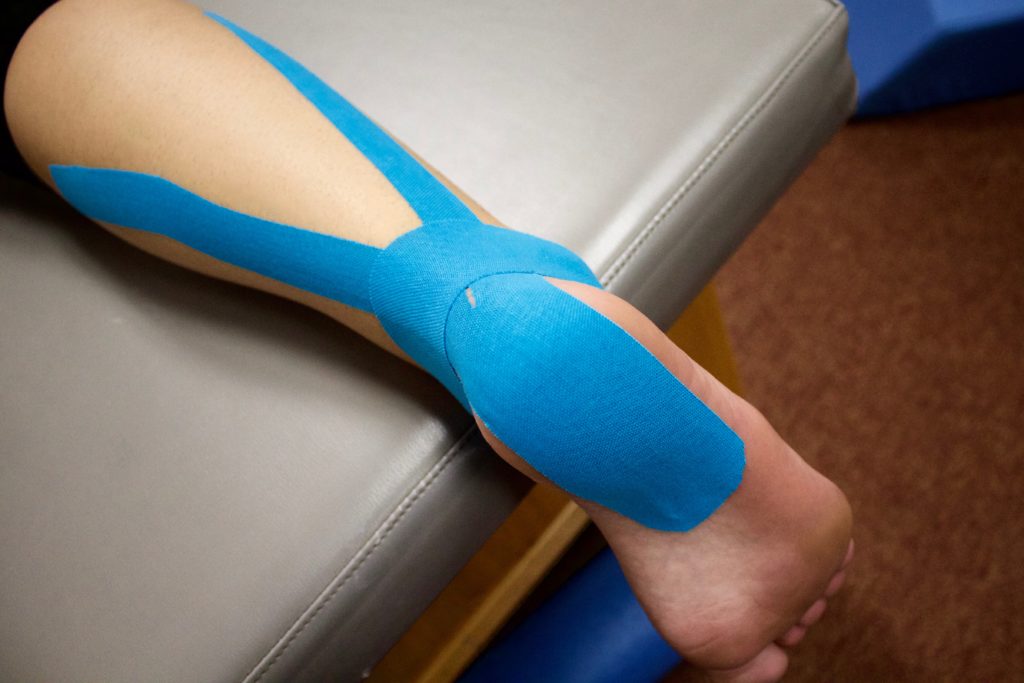
What is Plantar Fasciitis?
Plantar fasciitis is a condition causing heel and foot pain. Supporting the arch, the plantar fascia, a thick band of tissue connecting the heel to the ball of the foot, can become inflamed. The condition develops when repeated weight-bearing activities put a strain on the plantar fascia. You experience pain when you put weight on your foot - particularly when taking your first steps in the morning. The pain can be felt at the heel, or along the arch and the ball of the foot.
Plantar fasciitis affects people of all ages, both athletes and non-athletes. Men and women have an equal chance of developing the condition. The condition can develop in athletes who run a great deal and in non-athletes who are on their feet most of the day.
Factors that contribute to the development of plantar fasciitis include:
- Age (over 40 years)
- A job, sport, or hobby that involves prolonged standing or other weight-bearing activity.
- Rapid increases in length or levels of activity, such as beginning a new running program or changing to a job that requires more standing or walking.
- Decreased calf muscle flexibility
- Increased body weight
- Tendency to have a flat foot
Treatment generally reduces pain and restores your ability to put weight on your foot again.
The onset of symptoms of plantar fasciitis frequently occurs with a sudden increase in activity. You might feel a stabbing pain on the underside of your heel, and a sensation of tightness and/or tenderness into your arch.
People with plantar fasciitis may experience pain:
- When stepping out of bed and taking the first steps in the morning.
- With prolonged standing
- When standing up after sitting for a while
- After an intense weight-bearing activity such as running
- When climbing stairs
- When walking barefoot or in shoes with poor support
As your body warms up, your pain may actually decrease during the day but then worsen again toward the end of the day because of extended walking.
What Is The Treatment For Plantar Fasciitis?
When you are diagnosed with plantar fasciitis, we will work with you to develop a program to decrease your symptoms that may include:
- Stretching exercises to improve the flexibility of your ankle and the plantar fascia
- Ice to decrease pain and inflammation
- Tennis ball or ice bottle massage
- Dry Needling
- Thermostim
- Stretching and strengthening of the foot and ankle
- IASTM
- Myofascial release
- Kinesiotaping of the foot to provide short-term relief
- If needed - use of a night splint to maintain correct ankle and toe positions
- Selection of supportive footwear and/or shoe inserts that minimize foot pronation and reduce stress to the plantar fascia
Preventing Plantar Fasciitis:
Research shows that most cases of plantar fasciitis improve over time with these conservative treatments, and surgery is rarely required.
Guidelines for the prevention or management of plantar fasciitis include:
- Choosing shoes with good arch support
- Replacing your shoes regularly, so that they offer arch support and provide shock absorption to your feet
- Using a thick mat if you must stand in one place for much of the day
- Applying good principles to your exercise program, such as including a warm-up and gradually building up the intensity and duration of your exercises to avoid straining the plantar fascia
- Stretching your calves and feet before and after running or walking
- Maintaining a healthy body weight
What You Need to Know
To Schedule an Appointment:
- Make an appointment with your doctor.
- Make sure your doctor refers you to Holly Street Physical Therapy for this treatment.
What Insurance Do You Take?
We accept all major insurance providers.
Do I Need Insurance?
We will see patients without insurance. For these appointments we accept cash payments.